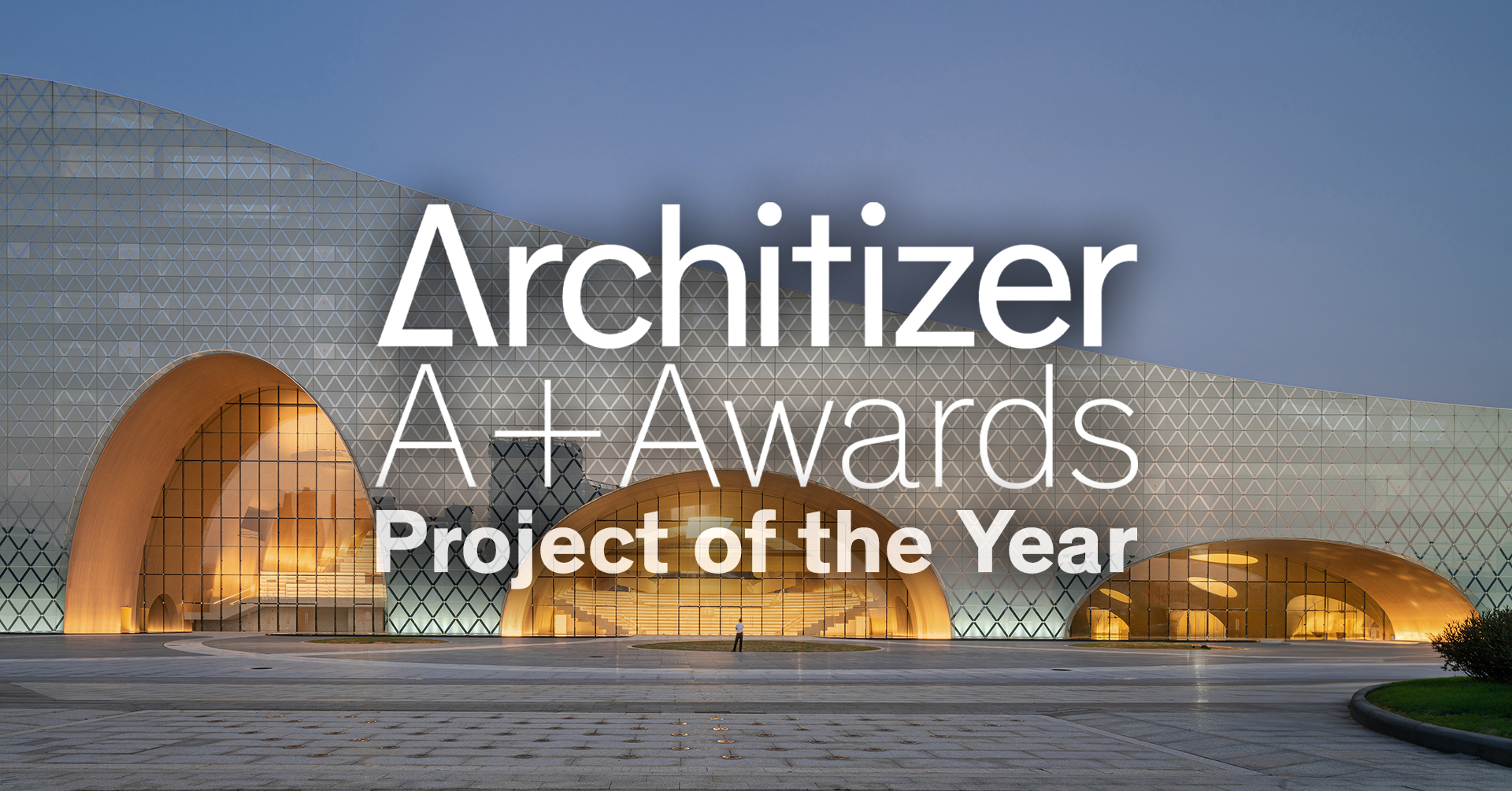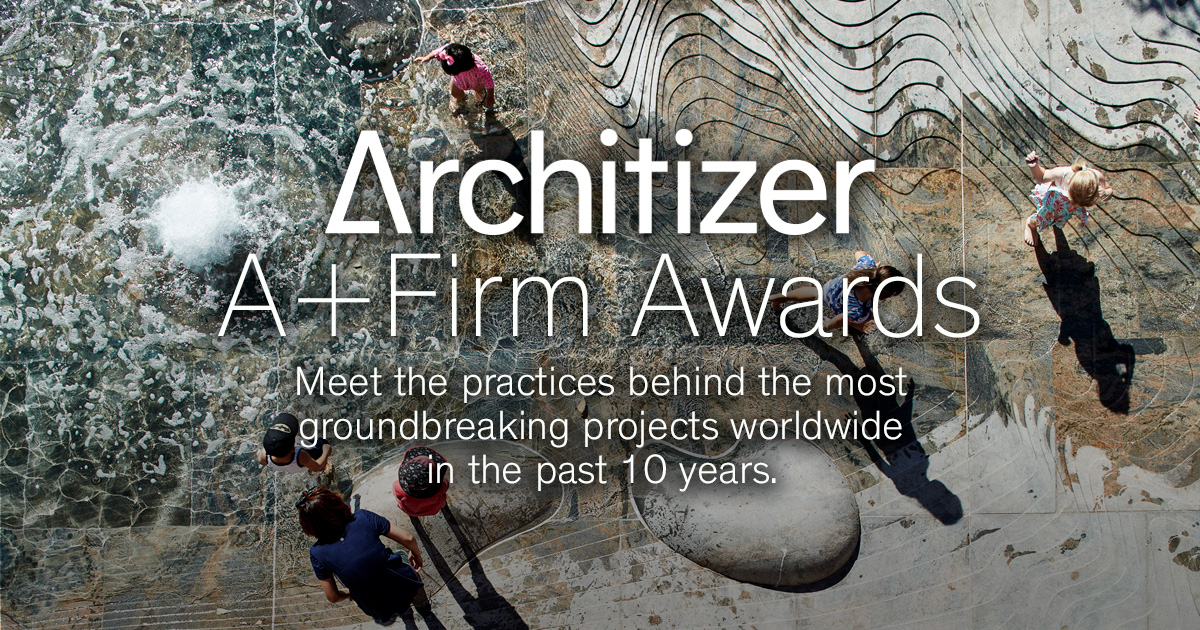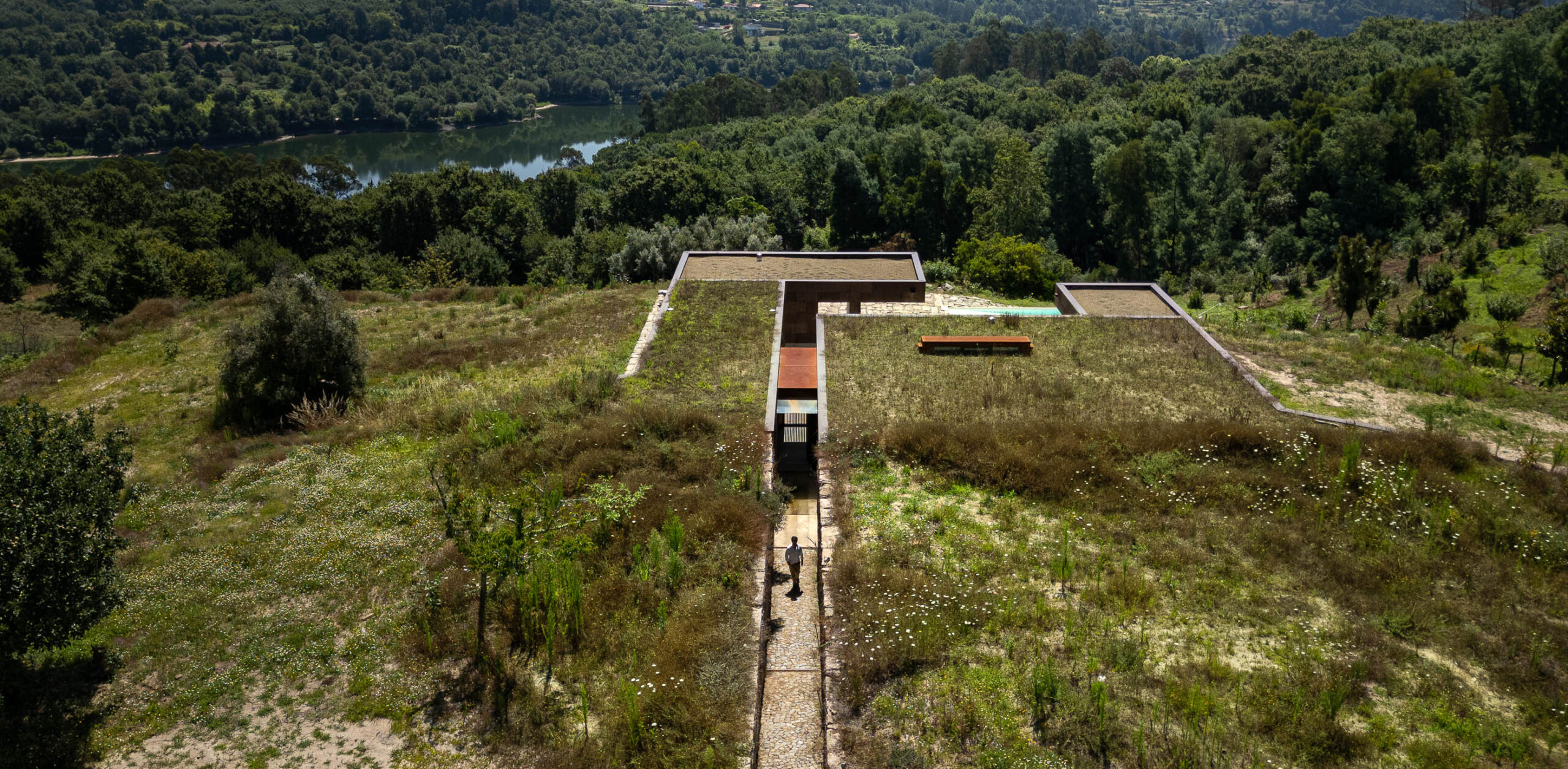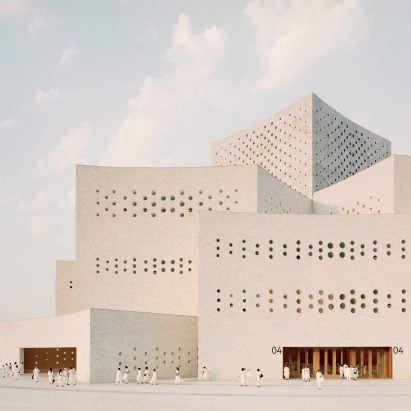Asif Khan transforms Soviet cinema into "cloud-like" cultural centre in Almaty


British designer Asif Khan has converted a Soviet-era cinema in Kazakhstan into Tselinny Center of Contemporary Culture, updating its concrete structure and 18-metre-tall auditorium.
Opened last month in the city of Almaty, the 6,000-square-metre centre contains galleries, workshops, office spaces and a rooftop restaurant.
The Soviet-era building, originally completed in 1964, was revived by Khan to serve as a "new cultural landmark for Central Asia" and a platform for artists in the region.

Its revitalisation included the updating of its modernist-style concrete frame and the removal of piecemeal additions made over the years.
Khan has also renewed the building's exterior with an undulating facade composed of steel fins and concrete panels, aiming to counter its existing monumental form.
This is complemented by what Khan describes as a "cloudscape" embossed across the building's north and south facades, which takes the form of symbols found in the work of Soviet artist Evgeny Sidorkin.

"Instead of an entrance, there is a cloud-like threshold, softening the rigidity and control of the Soviet concrete frame," Khan said.
"Its form recalls the moment of my first visit to Almaty, when I saw a cloud hovering over the steppe," he continued. "The entrance now holds this cloud permanently as an almost formless, dissolving threshold through which people enter."

A single level has been established throughout the centre's ground floor to create a "ground for public life", which required the removal of a set of steps at the building's front.
Inside is an open-plan space, created through the removal of columns and a mezzanine level that had been inserted into the double-height foyer.
Wings flanking the central foyer of Tselinny Center of Contemporary Culture have been added to host galleries, offices, workshops and a new street-facing cafe designed by local practice NAAW Studio.
Below this, a new basement level houses public toilets, a cloakroom and a quiet room, alongside back-of-house facilities. A rooftop restaurant crowns the building and is backed by views across the city and mountainous landscape.

Decorative elements preserved by Khan include sgraffito – artwork formed from scratching a hard surface – which was completed by Sidorkin in 1964.
A geological motif runs through the building's interior finishes in a nod to the Almaty region, with a limestone reception desk and earth-toned pigmented concrete featuring in the foyer.
This motif extends to the rear auditorium, where the original walls and roof of its 18-metre-tall concrete volume have been preserved and updated with a ribbon of steel and glass windows that wraps around the ground floor.

While drawing light into the space, this ribbon provides access in and out of the building, designed to symbolise the ancient glacial rivers around Almaty.
"A plan was developed to enable the auditorium's original walls and roof structure to be extensively strengthened and fully retained," said Khan. "The transformation reveals the auditorium's true scale, stripped of its former seating and decoration."

Other notable cultural projects recently featured on Dezeen include SANAA's Taichung Green Museumbrary in Taiwan and the Tadao Ando-designed National Museum of Uzbekistan in Tashkent.
The photography is by Laurian Ghinitoiu.
The post Asif Khan transforms Soviet cinema into "cloud-like" cultural centre in Almaty appeared first on Dezeen.





















































